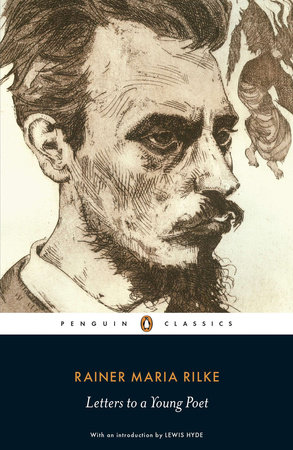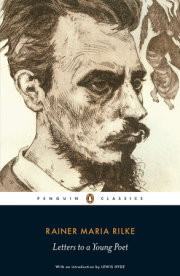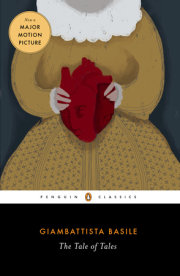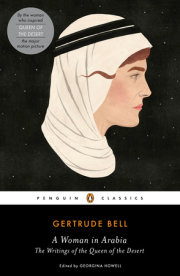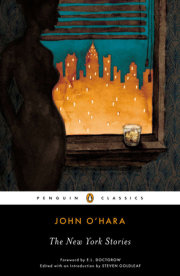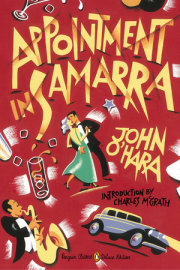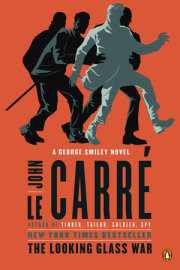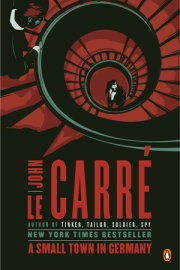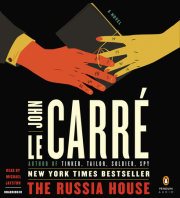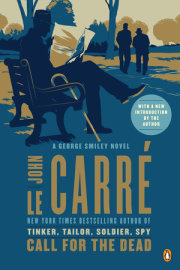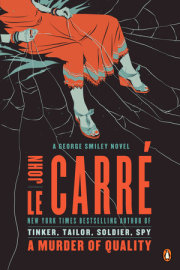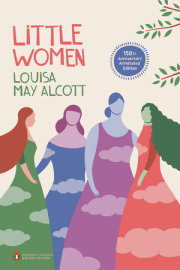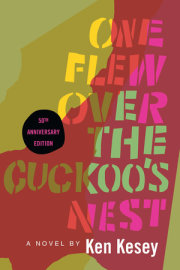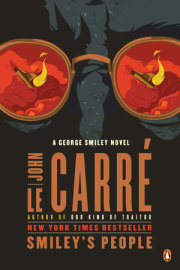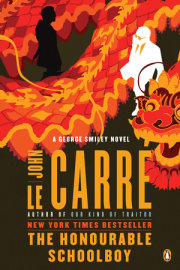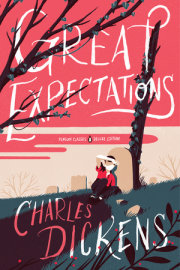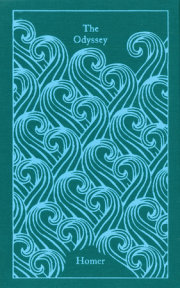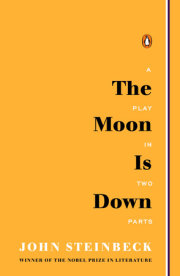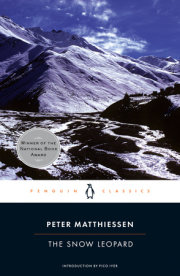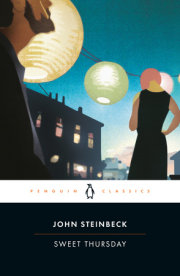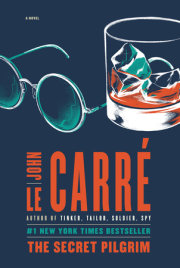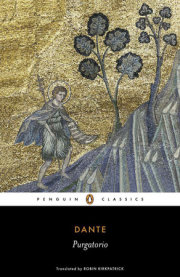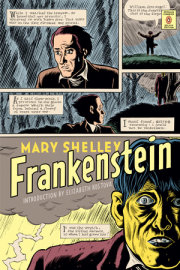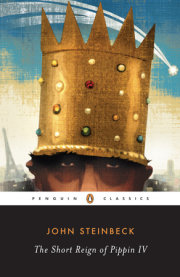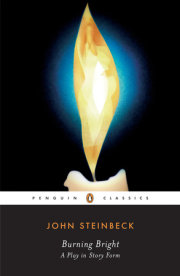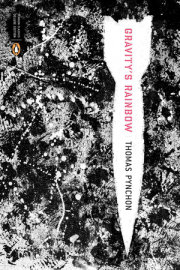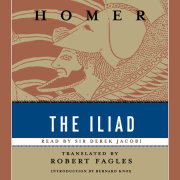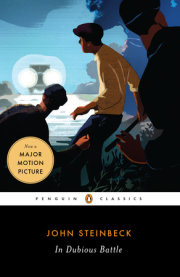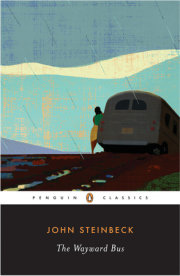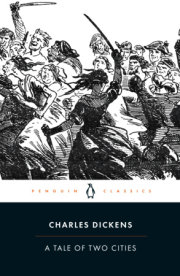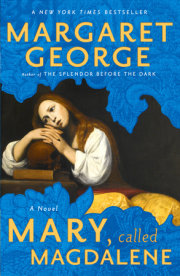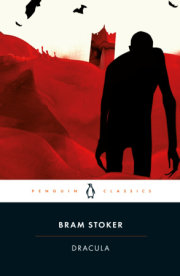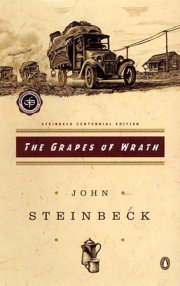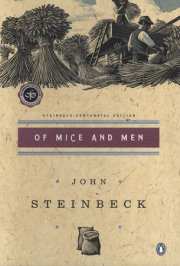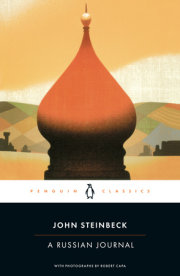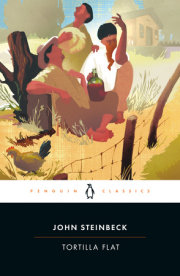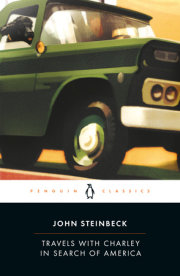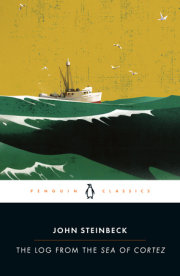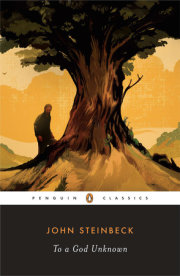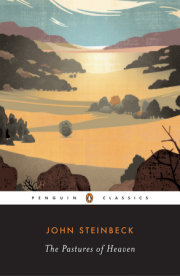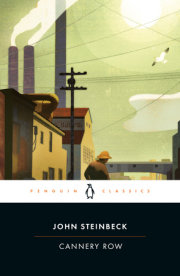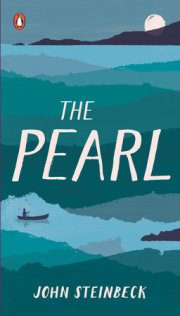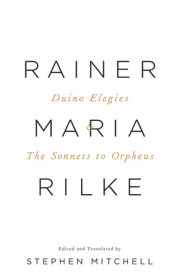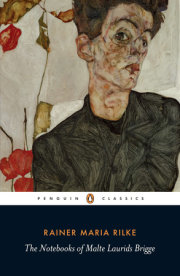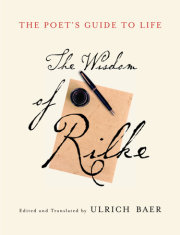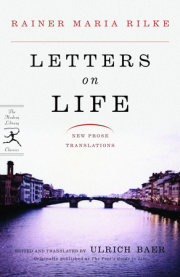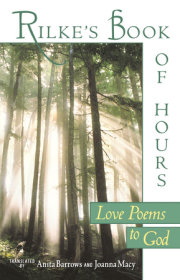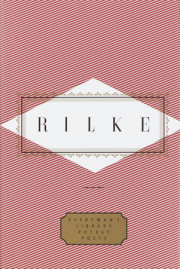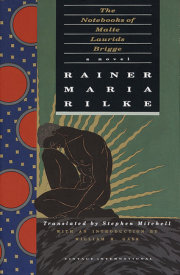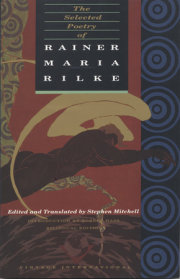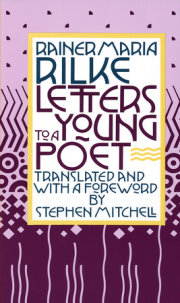PENGUIN CLASSICS
LETTERS TO A YOUNG POET
RAINER MARIA RILKE, one of the finest and most widely read poets of the twentieth century, was born in Prague in 1875. He published a great deal of verse early on, which is now little read, but with The Book of Images (1902), The Book of Hours (1905), and especially New Poems (1907 and 1908), he established himself as the major poet writing in German at the time. He married in 1901 and had a daughter, but abandoned family life almost immediately. In 1910 he published his only novel, The Notebooks of Malte Laurids Brigge, which draws in part on his own experiences of Paris, where he went in 1902 to write a short and brilliant book on Rodin (Auguste Rodin, 1903). Despite travelling widely, Paris was the main geographical pole in Rilke’s life until the First World War, when he was stranded in Munich. From there, after the war, he moved to Switzerland, completing the Duino Elegies in 1922, which he had begun ten years before, and receiving the “dictation” of the Sonnets to Orpheus. After this, while living in the French-speaking Valais, he wrote more in French than in German, and published Vergers suivi des Quatrains Valaisans a few months before his death from leukaemia at the end of 1926. After his death a lot of important uncollected poetry gradually emerged, as well as two further collections in French. The publication of his enormous correspondence, still not complete, began with the appearance of Letters to a Young Poet in 1929.
CHARLIE LOUTH WAS born in Bristol in 1969. He is a Fellow of The Queen’s College, Oxford, where he lectures in German. His translations of Friedrich Hölderlin’s Essays and Letters (with Jeremy Adler) appeared in Penguin Classics in 2009.
LEWIS HYDE is a poet, essayist, translator and cultural critic with a particular interest in the public life of the imagination. His books include The Gift (1993), Trickster Makes This World (1998) and Common as Air (2010). The former director of undergraduate creative writing at Harvard University, Hyde teaches during the fall semester at Kenyon College, where he is the Richard L. Thomas Professor of Creative Writing. During the rest of the year he lives in Cambridge, Massachusetts, where he is a Faculty Associate at Harvard’s Berkman Center for Internet and Society.
To access Penguin Readers Guides online,
visit our Web site at www.penguinclassics.com.
LETTERS TO
A YOUNG
POET
&
THE LETTER
FROM THE
YOUNG
WORKER
RAINER MARIA RILKE
Translated, Edited and
with Notes and an Afterword by
CHARLIE LOUTH
Introduction by
LEWIS HYDE
1875 4 DECEMBER Rilke born prematurely in Prague and christened René Karl Wilhelm Johann Josef Maria. His parents belong to the German-speaking minority in Bohemia, part of the Austro-Hungarian Empire.
1882 Rilke’s education begins at a school run by Piarists.
1884 His parents, Josef and Sophie (Phia), move into separate flats.
1886 Enters the Military Lower School at St Pölten in Lower Austria.
1890 Moves up to the Military Academy in Mährisch-Weisskirchen (present-day Hranice), a school also attended a few years later by the novelist Robert Musil. By now Rilke is writing poems.
1891 Poorly and unhappy in Mährisch-Weisskirchen, Rilke quits and moves to the Academy for Trade and Commerce in Linz. SEPTEMBER Publishes his first poem. Reading Tolstoy.
1892 Leaves the Linz Academy without qualification and returns to Prague to study privately for his Matura (school-leaving certificate). Reading Goethe.
1894 NOVEMBER Publication of his first collection of poems, Leben und Lieder (Lives and Songs), which he later disowned.
1895 Having gained his Matura in July (with distinction), matriculates at the University of Prague, attending lectures on art history, literature and philosophy. Busy in the literary world, and writing plays and prose as well as poems. Larenopfer (Offerings to the Lares) appears just before Christmas.
1896 SEPTEMBER Quits Prague for Munich, where he studies art history. DECEMBER Publishes Traumgekrönt (Crowned with Dreams).
1897 MAY Meets and pursues Lou Andreas-Salomé, and in June withdraws with her to a country retreat outside Munich. Transforms his hand-writing, and at her suggestion adopts the name Rainer. Over the next year writes a collection of poems to her, Dir zur Feier (To Celebrate You), which is never published. OCTOBER Moves to Berlin and takes lodgings near Andreas-Salomé and her husband. Attends a reading by Stefan George in November and publishes Advent in time for Christmas.
1898 MARCH Returns to Prague to give a well-attended lecture on ‘Modern Poetry.’ Publishes the first of several volumes of stories. While in Florence keeps the so-called ‘Florentine Diary’ (published 1942). Back in Berlin with Andreas-Salomé, then spends Christmas with Heinrich Vogeler in Bremen and Worpswede.
1899 APRIL–JUNE Journey to Russia, in the company of the Andreas couple. Visits Tolstoy and meets the painter Leonid Pasternak. Publishes Mir zur Feier (To Celebrate Myself) at the end of the year.
1900 MAY–AUGUST More travels in Russia, alone with Andreas-Salomé. This journey was preceded by an intensive study of things Russian, including the translation of Chekhov’s Seagull. At the end of August accepts an invitation from Vogeler to Worpswede, where he meets Clara Westhoff and Paula Becker. OCTOBER Returns to Berlin.
1901 FEBRUARY Lou Andreas-Salomé breaks off relationship with Rilke by letter. 28 APRIL He marries Clara Westhoff. They set up home in Westerwede, where a daughter, Ruth, is born on 12 December.
1902 In need of money, undertakes to write a monograph on the Worpswede artists. Also reviewing widely. In July Das Buch der Bilder (The Book of Images) appears (poems). AUGUST Goes to Paris with a commission for a book on Rodin, leaving his daughter with Clara’s parents. Probably in November, writes ‘The Panther,’ the first of what will become the New Poems. The book on Rodin is written by the end of the year.
1903 First letter to Franz Xaver Kappus written on 17 February. Publishes Worpswede (February) and Auguste Rodin (March). Travels, but is mostly in Paris until September when with Clara he goes to Rome. Exchanges important letters with Lou Andreas-Salomé.
1904 In Rome until June, then to Sweden via Denmark. Begins work on his novel, The Notebooks of Malte Laurids Brigge. All but one of the Letters to a Young Poet are written by the end of this year.
1905 Mostly in Germany until September when he moves into Rodin’s house in Meudon, outside Paris. He works as a kind of secretary, dealing with Rodin’s correspondence. Das Stunden-Buch (The Book of Hours) appears at the end of the year, beginning Rilke’s association with the Insel Press. Its three parts had been written in 1899, 1901 and 1903.
1906 Lectures on Rodin in Hamburg and Berlin. MARCH His father dies. After a misunderstanding with Rodin, moves into his own lodgings in Paris. Working hard on the New Poems. In the summer travels in Belgium; then in Germany and Italy, ending up on Capri in December. Second, much-revised edition of The Book of Images appears. Also Die Weise von Liebe und Tod des Cornets Christoph Rilke (The Lay of the Love and Death of the Cornet Christoph Rilke) in book form.
1907 Remains in Capri until the end of May. With the help of his host, Alice Faehndrich, translates Elizabeth Barrett Browning’s Sonnets from the Portuguese (published 1908). Returns to Paris. Frequent visits to Cézanne retrospective exhibition on which he writes a famous series of letters to Clara (published in 1952). AUGUST Writes nearly half the poems that will appear in the second volume of New Poems. DECEMBER The first, Neue Gedichte, is published.
1908 Capri, Rome, Paris. Der Neuen Gedichte anderer Teil (Second Part of the New Poems). DECEMBER Last letter to Franz Xaver Kappus.
1909 Working on his novel in Paris. Twice in Provence, impressions of which (especially Avignon) go much later into The Letter from the Young Worker. Publishes Requiem, two elegies, of which one is for Paula Modersohn-Becker who died in childbirth late in 1907.
1910 The final pages of Die Aufzeichnungen des Malte Laurids Brigge (The Notebooks of Malte Laurids Brigge) dictated in Leipzig; MAY The novel appears. This is followed by an unsettled period—travels in Italy, Bohemia, Austria, Germany, and, embarking in Marseille, Algeria and Tunisia, Sicily and Naples.
1911 The journey continues to Egypt and up the Nile. APRIL Back to Paris via Venice. Visits Aristide Maillol. Meets Marthe Hennebert, probably the ‘Marthe’ of The Letter from the Young Worker. Reading St Augustine, and translates first eighteen chapters of the Confessions; many other bits of translation besides. JULY In Prague for the last time. Then Weimar, Leipzig, Munich. From late October in Castle of Duino on the Adriatic coast, as the guest of Marie von Thurn und Taxis.
1912 While in Duino, where he remains until May, writes first two of what will become the Duino Elegies, plus other fragments. Spends the summer in Venice, then autumn and winter in Spain, mainly Toledo and Ronda.
1913 FEBRUARY Back in Paris. Travels in Germany in the summer, then in September is in Munich where he meets Freud, in the company of Andreas-Salomé. OCTOBER Returns to Paris. Reading Expressionist poets and Kleist. Finishes the third Elegy. Publishes Das Marien-Leben (Life of Mary), a sequence of thirteen poems.
1914 Paris remains his base until July. Reading Hölderlin. Is caught in Munich by the outbreak of war and cannot return to Paris. DECEMBER In Berlin.
. All rights reserved. No part of this excerpt may be reproduced or reprinted without permission in writing from the publisher.

